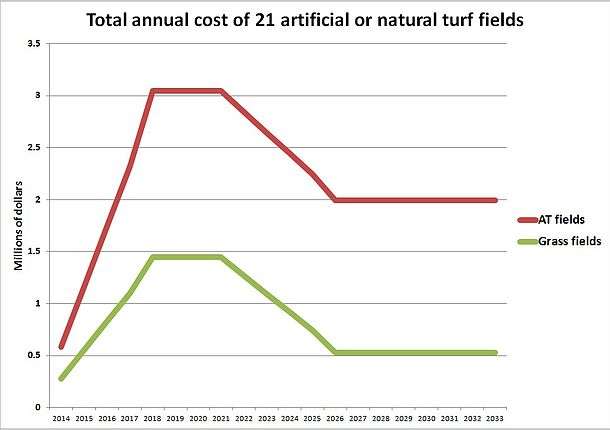This is good discussion.
I don't know the right answer. I'm highly suspicious when you (or others) claim to know what Brohm wants.
There's some credible analysis out there, indicating the argument for cost savings of field turf is a gimmick.
Link from Forbes:
How Taxpayers Get Fooled On The Cost Of An Artificial Turf Field
Pull quotes:
So why are some municipalities still spending big bucks to install artificial turf fields? Main reason: taxpayers have been getting hoodwinked by bogus analysis into thinking artificial turf fields are cheaper than natural grass.
But the reality is that non-partisan studies have shown the exact opposite--natural grass fields are a bargain compared to artificial turf due to the huge costs taxpayers get stuck with to maintain and replace artificial fields after their warrantees expire.
And...
Indeed, the Australian government did a comprehensive study dispelling the myth trumpeted by some politicians and artificial turf makers that artificial turf fields cost less than natural grass in the long term due to lower expenses for upkeep. But the politicians keep coming up with creative ways to fool the taxpayers into thinking they are going to save money in the long run with artificial turf.
Additionally, Duke had an article on turf vs grass, in which the claim there's no real benefit to artificial turf. In fact, they went so far as to say,
Economically, artificial turf is more expensive than natural grass. Link:
Turf vs Grass
Another organization shows the following graph, comparing costs of the two:
It's a real challenge to 'weed out' (pun intended) the organizations/companies who stand to gain with their own slanted data.
It's quite apparent, trying to win the argument of going to plastic grass based solely on economics is not a strong position.


